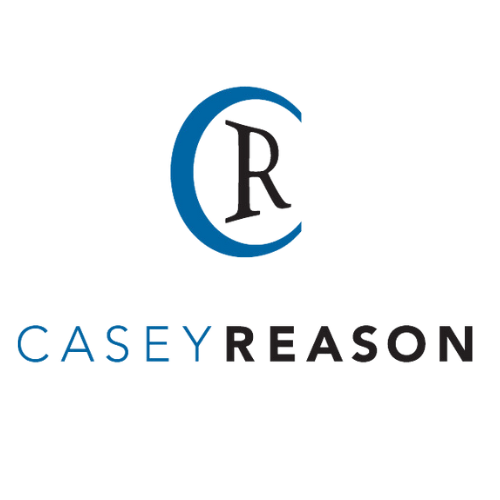The Conflict Cold Plunge
The Conflict Cold Plunge by Casey Reason
So… are you avoiding conflict? In many cases, leaders and peak performers aren’t necessarily in love with the notion of confronting the conflict in our lives that might be keeping us from achieving at our very best. Furthermore, we may have a conflict at work that may be costing us in terms of progress and relationships. The purpose of this short article is to give you a little bit of perspective on conflict, and to give you a strategy on how to get over our fear of addressing this powerful element of our lives!
Defining Conflict:
Conflict is not something we should avoid as leaders or peak performers. In fact, we can learn from conflict. Conflict in many cases helps us to reveal what we don’t know about a situation, ourselves, those we work with and care about, and the situations we deal with every day. Without the opportunity to explore disagreements, we can’t learn what’s necessary to grow. Simply put, avoiding conflict puts us in a place where we stunt our growth and potentially, make things even worse.
Why are we conflict averse:
There are usually many reasons why we might be afraid of conflict. One common reason in the world of psychology revolves around some of our personality types. For example, you may have a high degree of agreeableness. Agreeable people generally have lots of friends and get along. However, those of us who are agreeable may avoid conflict at times we should indeed indulge and invite it. Secondly, we avoid conflict out of fear. We may fear looking incompetent or indeed, we may even fear the person we are in conflict with. They may indeed have some manner of intimidation that reminds us that we should not indeed address the issue. Finally, we will at times avoid conflict when we have a desire to keep structure and order. Put another way, when we avoid conflict, we make things look neat and orderly. While keeping things in line may look good from the surface, under the surface there may be problems that simply aren’t getting resolved.
What’s the cost of avoiding conflict?:
When we avoid conflict, we find ourselves missing opportunities to grow. Secondly, we give toxic people an opportunity to emerge. For example, if there are individuals that you work with who are moving in a way throughout the organization that happen to be derailing progress, and they go unaddressed, they will undoubtedly gain momentum in their actions. This momentum can lead to good people perhaps slowing their momentum, and toxic people adopting entirely new agendas within the organization.
What can be done about it:
To address this issue, I recommend the conflict cold plunge. What this means is that, if you are naturally somewhat conflict avoidant (as many of us are), we can take some active steps from a coaching standpoint to actually begin to address that issue. Here are the necessary steps.
Step number one: identify challenges you are avoiding. First, in order to overcome your fear of conflict, identify conflicts you are avoiding. By identifying the conflicts, you are indeed avoiding, you are literally putting a name to the issues you know you need to address. This involves actually calling out your challenge. This will prove incredibly valuable and get you to actually acknowledge items you need to take action on.
Step number 2: contemplate why you are avoiding these conflicts. Once again, this is a moment where you can get really honest with yourself. Why are you avoiding this conflict? Are you afraid that it’s going to cause you more work? Or are you nervous about the people you’d be confronting? Once again, by addressing what you fear specifically, you will put yourself more likely to overcome it.
Step number 3: Take the plunge. Taking the plunge means actually putting together a plan to address the conflict, and committing to it. By committing to actually taking on the conflict, you begin to develop a psychological muscle within that will allow you to more consistently identify conflict that you need to address, and indeed feel free to take it on.
Bonus step: Monitor your progress. After you take on the conflict, I encourage you to ask yourself two questions. First, how did it feel to actually take a step and jump into the cold plunge? Did addressing the conflict feel good? In most cases it will and it will give you a renewed sense of confidence in your journey and leadership.
Next, I would invite you to think about the impact that came as a result of you taking the step to address this conflict. In most cases, the impact revolves around improved relations, evolved understanding, and in most cases as well, a better outcome. There’s almost no downside. Indeed, if there are hurt feelings or even a little bit of frustration, it likely was brewing underneath the surface, and by calling it out and addressing it directly, you put yourself in a much better position to potentially overcome it. I also hope that by doing this, relationships will improve, and you will indeed feel more empowered, and ready to face the day.
Conclusion
Take the conflict cold plunge today! I encourage you to try this protocol out and let me know how it works for you. For our next publication we’re going to talk more about conflict and give you some more tips into how you can actually benefit from those moments in which you actually take the plunge, and take on the conflict that’s important for you to address in your personal and professional lives.
Best,
Casey Reason
